
views
Prepare to Strip the Walls
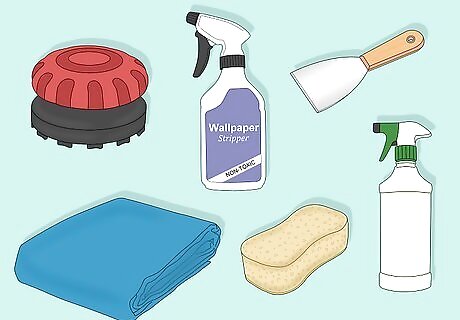
Assemble the equipment you need. Removing wallpaper that has been painted over can be an arduous task, but you can make it easier on yourself by having all your supplies ready before you get started. You will need: Wallpaper scoring tool. This is a small hand tool which has several small rotating wheels with small teeth to score the paper without damaging the surface underneath. Wallpaper stripper spray or a solution of half vinegar, half water Sponge Spray bottle Scraping tool Tarp
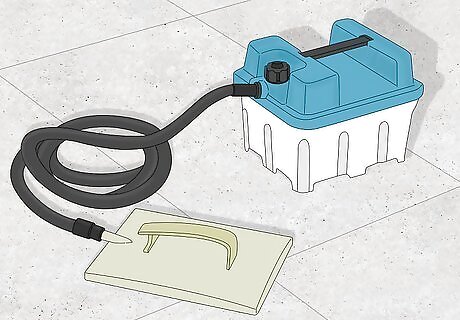
Consider renting a steamer. If the room you're going to be working on is quite large, or if you're removing several layers of paint and wallpaper, it might be prudent to rent a steamer instead of trying to strip everything off by hand. Steamers can be rented by the hour from home and garden centers. They come with a steam canister and a nozzle that you run over the walls to help loosen the wallpaper with steam. Steaming typically makes the job easier and faster. However, if you're working with wallpaper that has been painted over by more than one layer of paint, steaming might not work, since it's difficult for the steam to penetrate all the layers. In this case you'll need to strip everything off by hand. Steaming is a greener alternative to using a chemical wallpaper stripper. A steamer operates using plain water, no chemicals required.
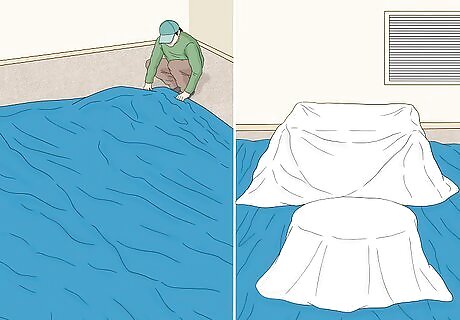
Lay out the tarp and cover the furniture. Taking paint and wallpaper off of the walls can get messy. Paint chips, strips of wallpaper and dust will pile up quickly and get into the cracks and crevices in your floor and furniture. Cover the area where you're working with a tarp and put a dropcloth or sheet over the nearby furniture. Move smaller items like lamps and pictures out of the room or toward the center. You might want to wear a mask to protect yourself from dust, too.
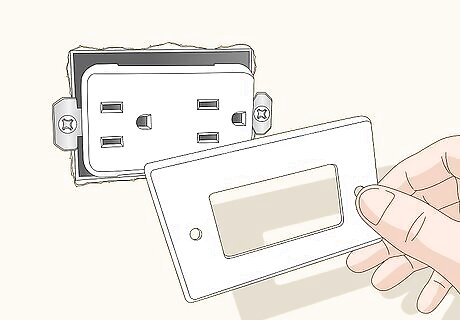
Remove switch plate and electrical outlet covers. This will make it easier to strip off the wallpaper from underneath them. If there are outlets or switches in the area where you are working, be sure to turn off the power.
Stripping the Walls

Determine the type of paint that has been used. Dab a small amount of nail polish remover onto a paper towel, and rub onto the paint in question. If the paint comes off on the towel with remover, you have latex paint, if not, it is alkyd (oil) paint. Latex is water soluble and will be easier to work with; alkyd will be "stickier" and may require several attempts to get the paper to release.
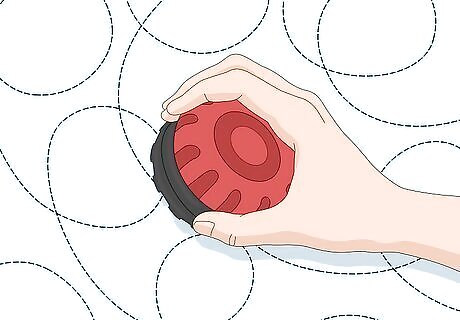
Score the walls with the scoring tool. Run the tool over the area several times to create many punctures in the paper. Push only as hard as required to pierce the paper; try not to damage the surface underneath. Use a Brillo pad if you don’t have a tool. Start with a five by five foot area, rather than scoring all of the walls at once. This could save you some work in the long run, since if the wallpaper won't come off with solution or steam, you'll have to pull it off in strips.

Steam or soak the walls. Either down the wallpapered area with the removal solution or start using the steamer over the area you scored. Make sure the area is thoroughly soaked through with moisture. To steam, move the steamer's hot plate slowly over the scored areas, checking to make sure the steam is soaking through the wallpaper. To soak, use the sponge and spray bottle to completely soak through the wallpaper, then let it sit for a few minutes.
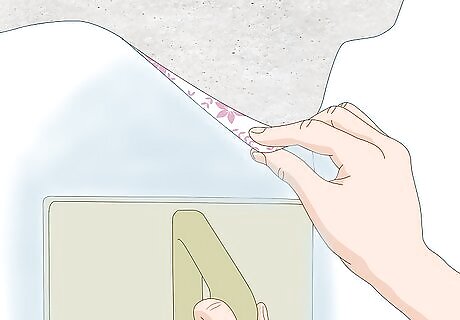
Grab a corner of the paper and pull. The wet paper should release from the backing and come off in strips. If it doesn't, soak or steam the area again and try pulling it off once more. You may need to do this a few times if the paper and paint have been there for some time. When the paper starts to release, use a plastic putty knife (or a nylon spatula) to pull all the paper off the surface. Continue scoring the wallpaper and reapplying the wallpaper remover solution to the other areas until you've peeled off as much wallpaper as possible.
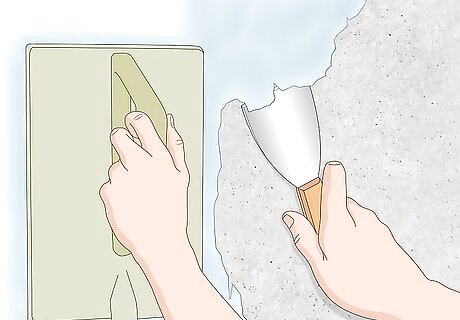
Scrape off what you can’t remove with steam or wallpaper remover. Sometimes the wallpaper won’t absorb the steam or wallpaper remover, and you have to scrape most of it off by hand. Scoring it and soaking it can still help, but there's no way around pulling it off in tiny strips. Use the scraping tool to pull up edges of wallpaper, then pull it off in strips. The process can take several days unless you have help.
Prepping the Walls for New Paint or Wallpaper

Wash the walls. When the area is free from wallpaper and backing paper, wash it down with detergent to remove any glue and softener. Give it a final rinse with clean water. This helps prepare the surface for a new coat of paint or wallpaper. Be sure the walls are completely dry before continuing.
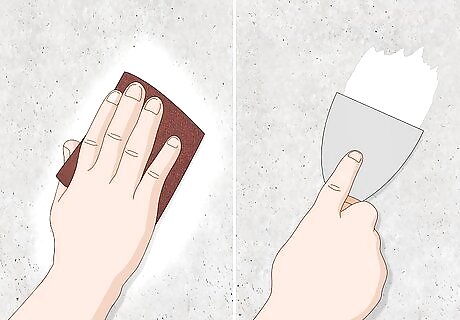
Assess the damage. If there are gouges and places where parts of the wall came off, you might need to repair the walls. Sand the area and patch any damaged areas with spackle or wood filler. You may need to hang new drywall if there's serious damage.
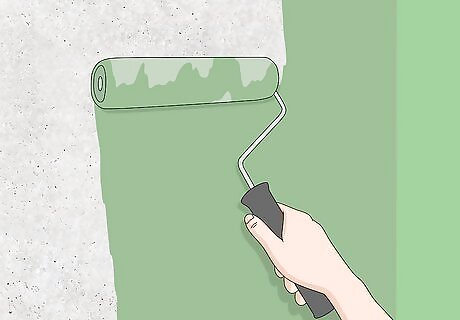
Put up new paint or wallpaper. Cover the surface with a coat of primer if you intend to paint, or wall size if you are papering. Be sure to prime the walls with wall size first, since this will help you remove the wallpaper if you choose to do so later. Don’t be tempted to paint over wallpaper again.















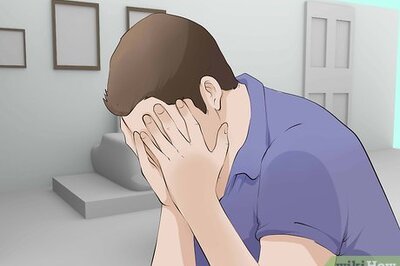



Comments
0 comment